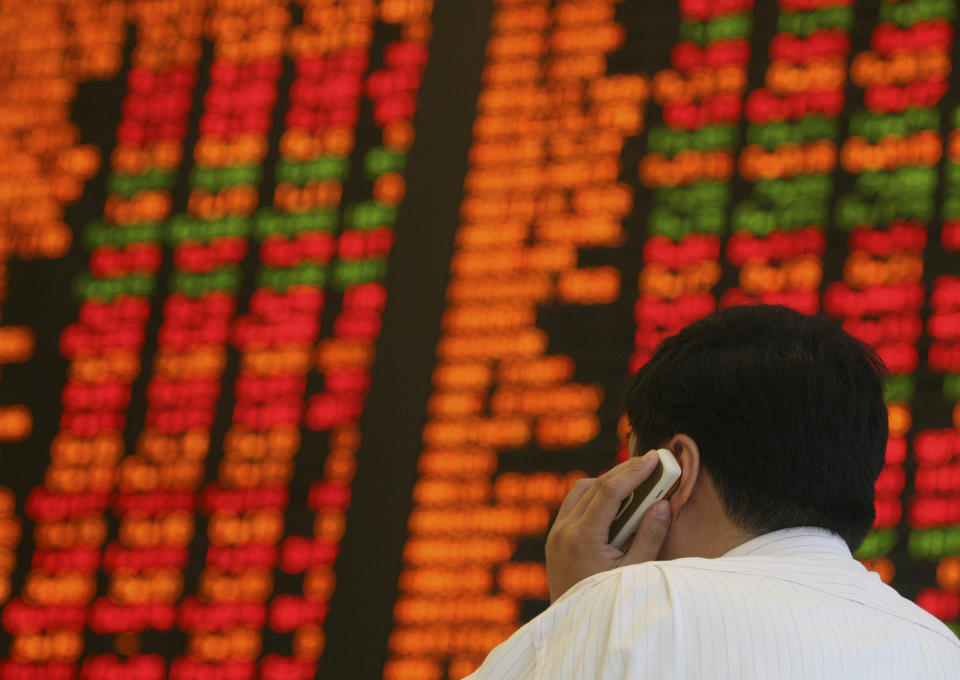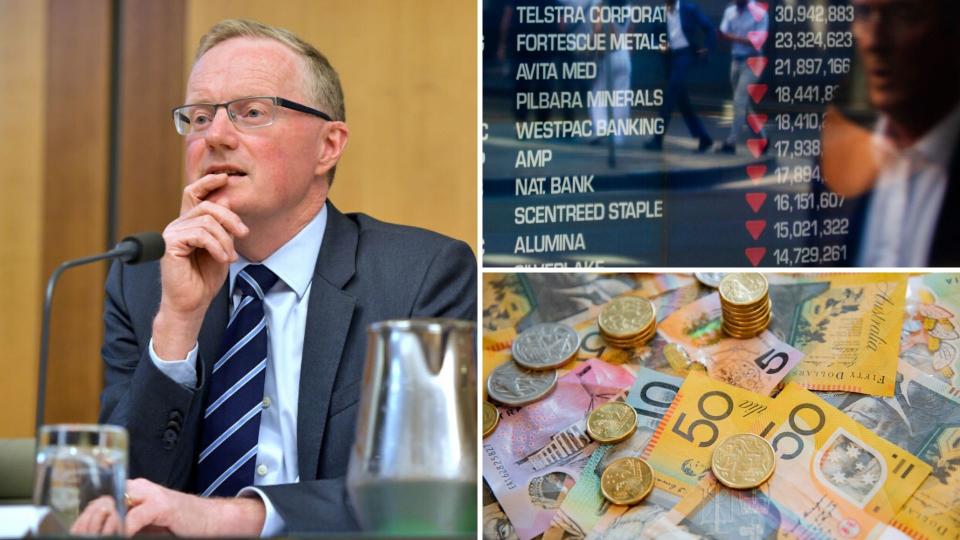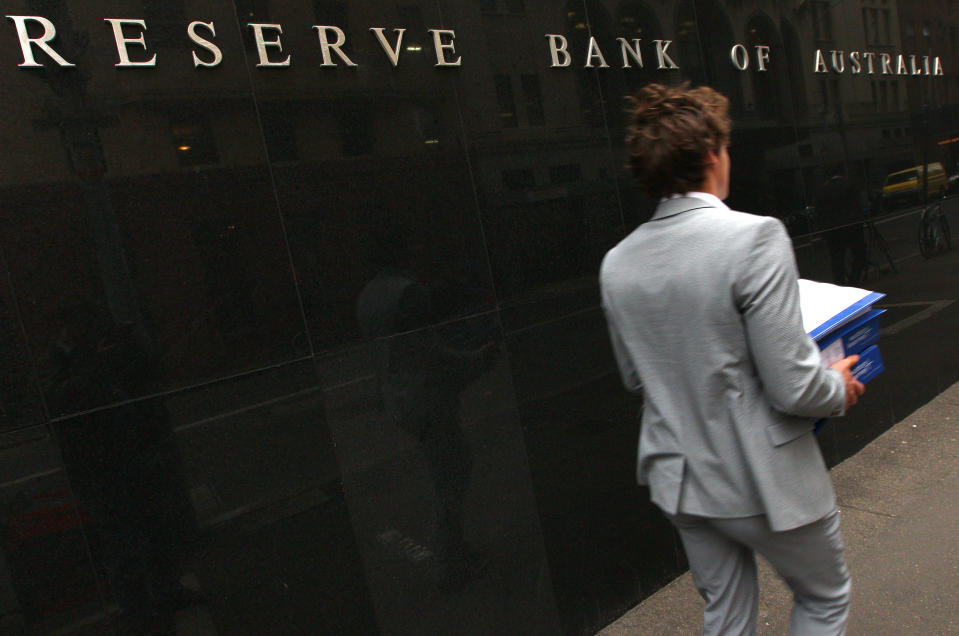ASX suffers worst one-day fall in history

The benchmark S&P/ASX200 finished 9.7 per cent lower on Monday in its worst fall on record.
Analysts have predicted the RBA will be forced to cut interest rates before its April meeting.
The RBA has said it is prepared to buy government bonds, beginning the process of quantitative easing.
The S&P/ASX200 finished 9.7 per cent lower on Monday in its largest one-day fall on record.
That wipes $162 billion from the bourse with NAB and ANZ closing 12.5 per cent lower, and Westpac 12 per cent lower. The Commonwealth Bank was down 7.85 per cent. The slide takes it to its lowest levels since April 2016.
The broader All Ordinaries finished 9.52 per cent lower, in its second-biggest one-day fall in history, surpassed only by the 1987 Black Monday tumble.
Its abysmal finish comes as central banks around the world prepare for future challenges.
What happened this morning?

The ASX200 crashed nearly 8 per cent at the open on Monday, despite a huge rally on Wall Street last Friday.
The benchmark index had fallen 7.39 per cent at 1012 AEDT on Monday morning, dashing hopes the local bourse would follow US markets’ rally on Friday.
US stocks roared higher after President Donald Trump announced his plan to tackle the coronavirus, or Covid-19, declaring a National Emergency.
It came after local markets also staged their own show-stopping recovery on Friday, climbing 13.7 per cent from its midday dip to finish 4.42 per cent higher.
Will the Reserve Bank cut rates?

The US Federal Reserve cut rates to zero per cent in an emergency cut on Sunday, prompting suggestions from local economists that the Reserve Bank of Australia (RBA) could cut as well.
The Reserve Bank of New Zealand also slashed rates by a huge 0.75 percentage points in an emergency move on Monday morning, taking its official rate to 0.25 per cent.
“We are in uncharted territory economically,” Sharon Zollner, chief economist at ANZ Bank New Zealand in Auckland said.
“We see quantitative easing as inevitable in the near future and it will work hand in hand with fiscal policy. The spotlight is now firmly on fiscal policy to step up to the plate, with a very significant package expected tomorrow.”
Usually, the RBA cuts only on the first Tuesday of the months February to December, but according to NAB researchers, the RBA may be forced to change its schedule.
"There seems little point in waiting three weeks to deliver further support to the Australian economy on the interest rate front," NAB's economy watch note says on Monday.
Independent economist Stephen Koukoulas raised a similar point on Twitter.
“RBA needs to cut the cash rate to 0.10 per cent,” he said on Friday.
RBA needs to cut the cash rate to 0.10% ASAP...
— Stephen Koukoulas (@TheKouk) March 13, 2020
“What's the RBA waiting for? It's 24 days till next board meeting,” he added on Saturday.
“Cut to 10 basis points today, signal the course for quantitative easing, unlimited liquidity and set goal to get inflation to 3 per cent.”
What's the RBA is waiting for?
It's 24 days till next board meeting: The clowns more concerned with due process than underpinning the economy when everything is collapsing:
Cut to 10bps today, signal the course for QE, unlimited liquidity & set goal to get inflation to 3% ASAP— Stephen Koukoulas (@TheKouk) March 13, 2020
Wait, what’s quantitative easing?
Quantitative easing, or QE, is a financial process which sees the RBA use its own cash to purchase government bonds. And as the RBA purchases those bonds, the prices go up while the interest rate on the bonds go down.
This has a ripple effect, pushing interest rates on mortgages and corporate bonds down all across the financial system. It’s considered unconventional monetary policy, but has the effect of pushing interest rates down when the RBA’s other large lever - the official interest rate - is nearly out of fuel.
RBA prepared to purchase government bonds
In a statement on Monday morning, the Reserve Bank said it “stands ready to purchase Australian government bonds in the secondary market to support the smooth functioning of that market, which is a key pricing benchmark for the Australian financial system”.
The Bank said it will announce “further policy measures” on Thursday.
With AAP.
Make your money work with Yahoo Finance’s daily newsletter. Sign up here and stay on top of the latest money, news and tech news.
Follow Yahoo Finance Australia on Facebook, Twitter, Instagram and LinkedIn.

 Yahoo Finance
Yahoo Finance 
